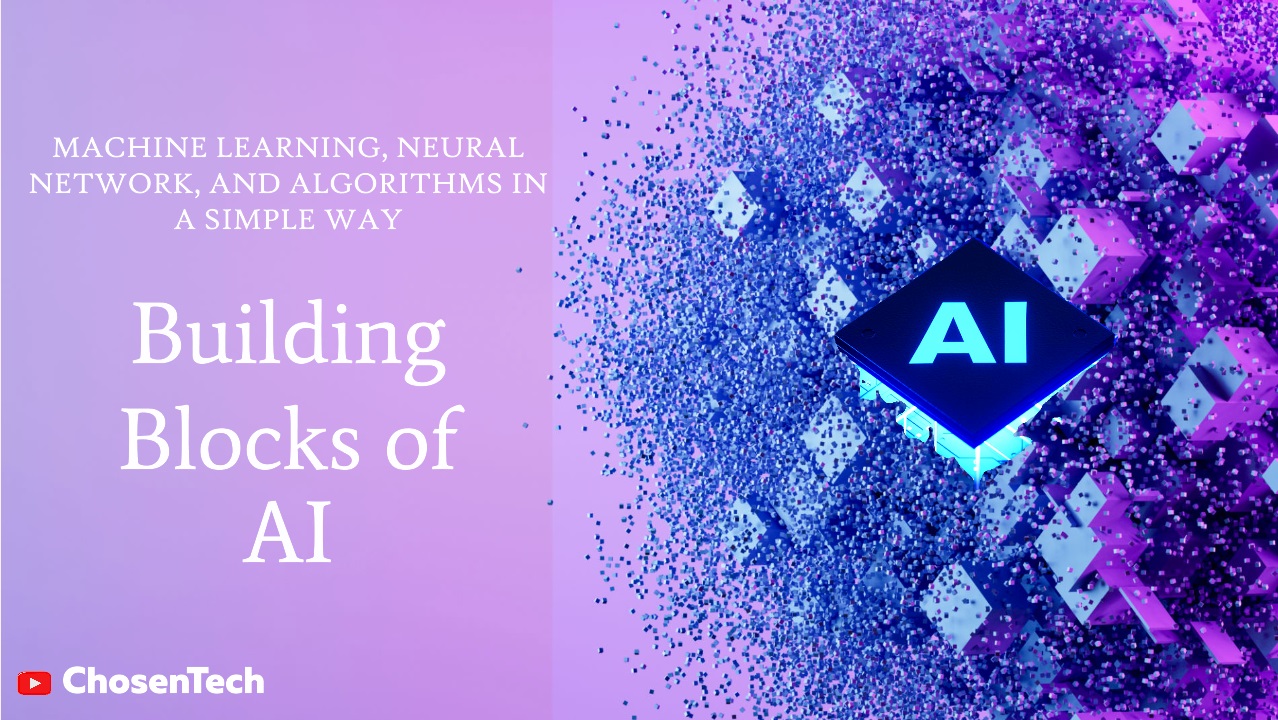
Demystifying AI Essentials
"If you haven't gone through the previous reading on this topic, kindly read this first.: Exploring Artificial Intelligence."
Artificial Intelligence (AI) is built upon a foundation of concepts that enable machines to learn, reason, and make decisions autonomously. Three of the fundamental pillars of AI are Machine Learning, Neural Networks, and Algorithms. Together, these elements power the innovations transforming our world. Let’s explore them one by one with simplified explanations and examples.
1. Machine Learning (ML)
Machine Learning is a subset of AI that empowers computers to learn from data without being explicitly programmed. Unlike traditional programming, where predefined rules dictate actions, ML systems analyze data, identify patterns, and improve decision-making over time.
How Machine Learning Works
Imagine a spam filter for your email. Instead of hard-coding rules to identify spam, the filter observes your behavior—learning from the emails you mark as spam or not spam. Over time, it refines its criteria, becoming more accurate at filtering unwanted messages.
For an even simpler analogy, consider teaching a computer to differentiate between cats and dogs. You feed it a mix of pictures labeled as either "cat" or "dog." By examining these examples, the computer identifies patterns, such as ear shapes or paw sizes. With more practice, it improves, just as children learn by repeatedly seeing and hearing things until they grasp the concept.
2. Neural Networks
Neural Networks are a type of Machine Learning model inspired by the human brain's structure. These models consist of interconnected nodes, or artificial neurons, organized in layers. Each neuron processes input data and passes it to the next layer, culminating in a final output.
How Neural Networks Work
Think of a Neural Network as a team of detectives solving a case:
- Detectives (neurons): Each detective has a specific role and receives clues (input).
- Case (input): The team examines different pieces of evidence.
- Final conclusion (output): By sharing and processing information, the team collectively solves the case.
3. Algorithms
Algorithms are the step-by-step instructions or rules that guide computers in solving problems and performing tasks. They serve as the backbone of AI, driving data analysis, learning, and decision-making processes.
How Algorithms Work
Think of an algorithm as a recipe for solving a puzzle. Imagine you have scattered puzzle pieces and want to assemble them into a complete picture. An algorithm provides step-by-step instructions, such as selecting specific pieces, identifying patterns, and assembling them.
In AI, algorithms enable machines to process data, uncover patterns, and make predictions. For instance:
- Recommendation Systems: Algorithms analyze user preferences on streaming platforms or e-commerce websites, suggesting personalized movies, songs, or products based on past behavior.
Conclusion
Machine Learning, Neural Networks, and Algorithms form the core of Artificial Intelligence, working together to enable machines to learn, reason, and make decisions autonomously.
- Machine Learning lets computers learn from data.
- Neural Networks mimic the human brain to process complex inputs and produce results.
- Algorithms provide structured instructions for solving problems.
"If you find that visuals speak to you more than mere text, please take a moment to watch the YouTube video. We would love to hear your feedback."